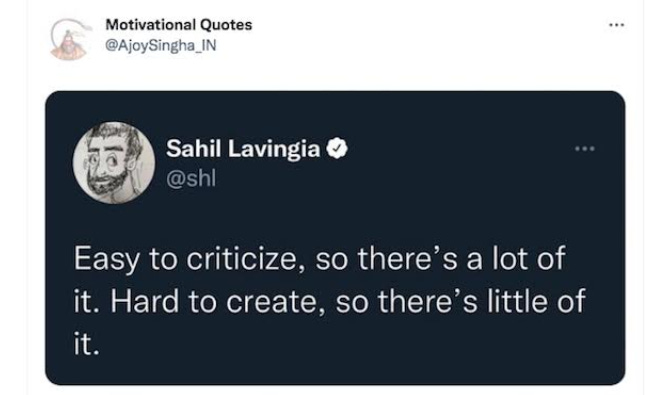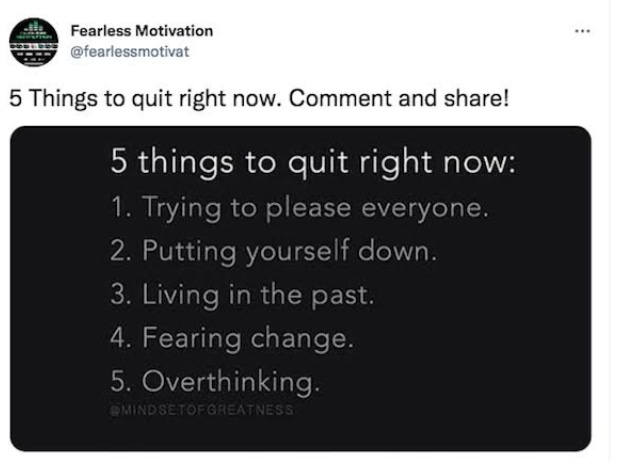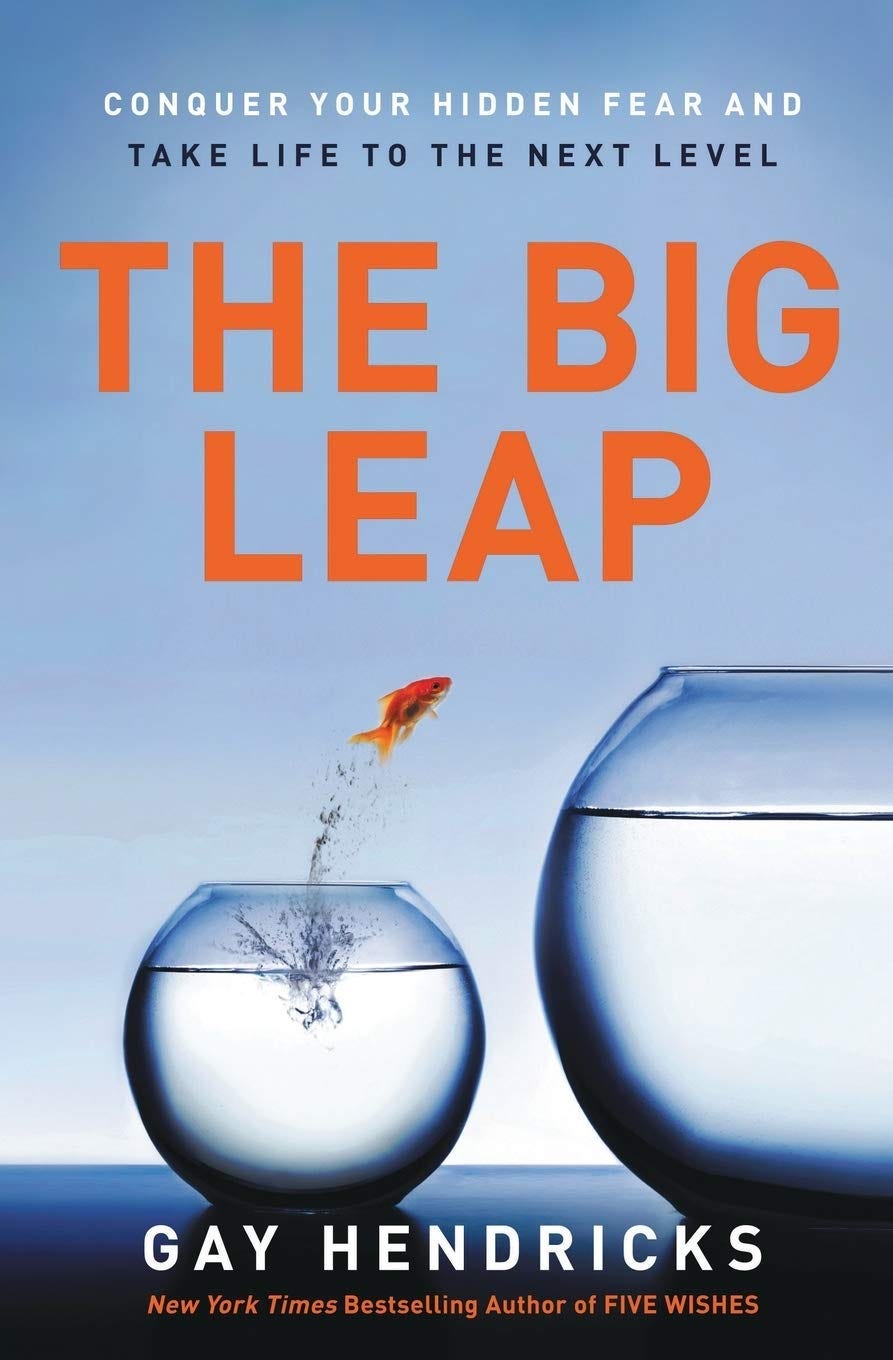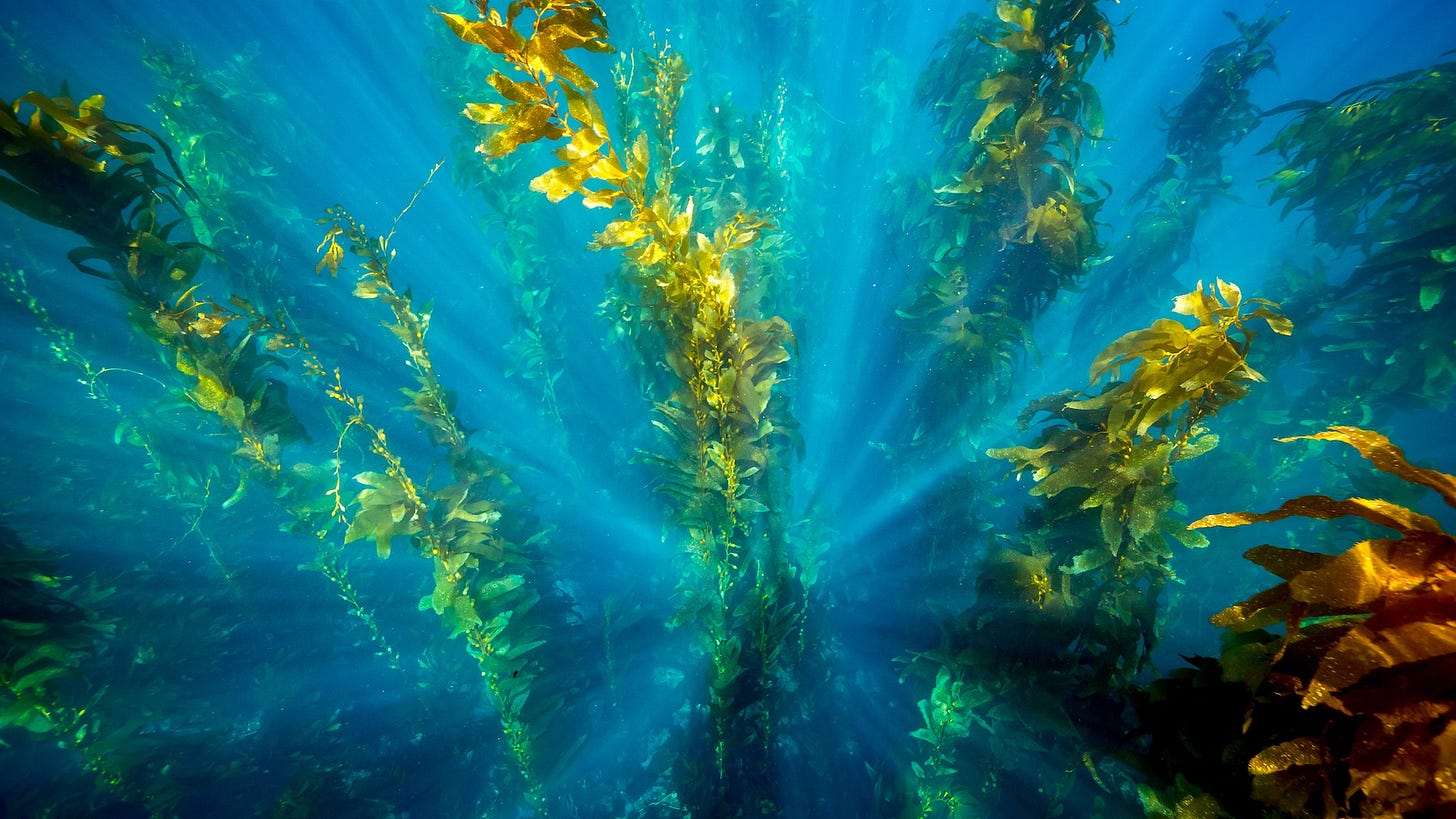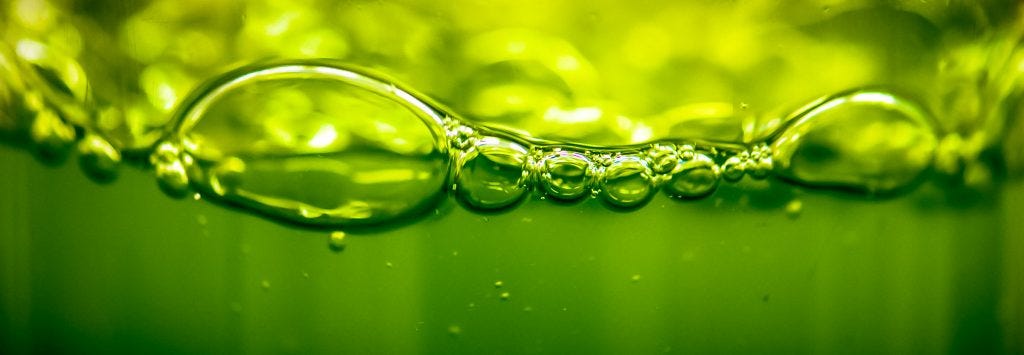GOOD day amigos: howzat as stingin' scorpions meet whale poo
The Paxtier report 23/02/22: Featuring Mark Twain, our top tidbits of algae advice, and oil mania.
“The secret of getting ahead is getting started.”
- Mark Twain
Hello and welcome to Paxtier’s weekly roundup for Wednesday, February 23, 2022! This week we breakdown top insights and advice from climate and algae-tech leaders, bring you the latest updates in seaweed, and wonder how Garuccio pulled that scorpion off.
Climate markets
We saw some big deals go down this week in battery and energy companies, with the likes of Volta Trucks, CelLink and Hy2gen each raising over $200m for continued expansion. The aptly named Burnt Island Ventures raised $30 Million for early-stage water start-ups and Barbados was one of five Caribbean countries to receive US$2 million from the Japanese Government to combat against increased Sargassum seaweed levels. US biofuel credit (RIN) values raced higher this week amid rising feedstock prices, and European carbon prices rose to their highest in more than a week as EUAs moved in line with broadly firmer energy markets, with tensions continuing to mount in Ukraine after Russia announced it would send troops into the separatist regions of Donbas and Luhansk.
Paxtier’s Top 4
BioMar moves microalgae out of the niche ingredient category
BioMar’s facility in Brande, Denmark has significantly scaled up the inclusion level of microalgae in their raw material portfolio – allowing the company to improve on its sustainability metrics and reduce dependence on wild fish stocks in aquafeed.
“We see this as the birth stage for the next generation feeds with a highly sustainable profile from Brande. Adding microalgae paves the way for the upcoming developments on our sustainable feeds and our farmers will directly benefit from a reduction in their own on-farm footprint,” says Managing Director Anders Brandt-Clausen (Read more here.)
Scientists want to restore the oceans with artificial whale poo
Experiments will soon explore ways to emulate the fertilising effect of whale waste, which fuels blooms of algae that feed fish and lock away carbon. Improving biodiversity is the main aim of these experiments, but a side benefit will come from the phytoplankton blooms leading to increased absorption of carbon dioxide from the atmosphere. When fish eat the plankton and die, some of the carbon will be locked away in the seabed. Marine biologists call this effect a biological pump. (Read more here)
Dissertation look: Nutrient dynamics in coastal and shelf oceans - sediments as a regulator of eutrophication feedbacks.
In this week’s look at new dissertations, we came across Hylén et al’s new work concerning nutrient dynamics in coastal and shelf oceans. Coastal and shelf systems are under increasing pressure from human activities. Many coastal systems currently suffer from excessive algae growth following increased nutrient input from land, a process called eutrophication. The algae eventually sink to the seafloor, where they are degraded, which consumes oxygen (O2). In severe cases, O2 can become depleted entirely, resulting in mass mortality of animals and substantial changes in the system’s chemical conditions. In this thesis, Hylén uses the Baltic Sea as a study site to investigate the role of sedimentary feedback mechanisms that regulate coastal eutrophication. (Read more here)
Diatom tests for man who drowned 5,000 years ago
Some 5,000 years ago on the coast of Chile’s Atacama Desert, a fisherman drowned in the cold waters of the Pacific. It’s the life-and-death story of an individual who lived millennia ago, and one that researchers are now able to tell, thanks to a twist on a modern forensic technique.
The “diatom test,” used today to identify victims of drowning, relies on what happens to the human body during the event: Inhaled water ruptures the lungs and is pumped around the dying body, including along tiny capillaries that go through bones and into the marrow.
Forensic scientists examine the marrow of the dead to look for diatoms—microscopic algae with shells of silica—that are characteristically found in drowning victims. Now, researchers writing in the Journal of Archaeological Science have confirmed that the diatom test can be performed on human remains dating back thousands of year—a breakthrough that may offer a new way of investigating prehistoric tsunamis and identifying their victims. (Read more here).
Top notch
Tweets of the week:
Worth your time this week:
In depth with Peter Green
An accumulation of advice and insights garnered from our fireside chats with climate-tech and algae-tech leaders
I thought I’d bring you something a little different this week: some top pieces of advice and insights we received from investors, founders, researchers and specialists operating in algae and climate-tech. Let me know which quotes resonate most with you!
Insights
“In general, the biggest problem with algae-tech relates to demand. How can you create something which has a natural demand? At the end of the day (part-joke, part-truth) if you're selling to a company they care about three things, and if you're selling to a person, they care about three other things. Companies care about increasing revenue, decreasing cost, or decreasing risk. Therefore, when you start talking about increasing biodiversity, you're not checking one of those boxes. Meanwhile, consumers care about getting "paid, made or laid." Are you going to tick one of those boxes with an algae product?
You need to nail one of the following components: reduced price, increased convenience, or better quality. Right now, algae doesn't really check any of those boxes. That’s a problem.
Despite this, there are some exceptions to the rule. For example, our portfolio company betterfish positioned its algae product as an alternative to tuna, but as it isn't from tuna it isn't only better for climate, it is naturally cheaper. Using algae instead of tuna comes with additional benefits like increasing biodiversity, creating local jobs, and providing consumers with healthy food. When they position their product in this way, the buyers say "wow, you've made a better tuna" and few need to "care" that it’s algae. They can capture buyers who care about price and health. If you can increase the margins for companies, decrease the price for the consumer and provide something that's better for the world, you’ve really nailed it.”- Hampus Jakobsson, Pale Blue Dot
“If you want to start in a new industry you almost always have to be vertically integrated. We cannot outsource parts of our value chain. This involves building both seaweed-based products and a sustainable supply chain. So, if you need to manage all these moving parts at the same time it can be challenging. That’s partly because you need to come up with cultivation concepts for growing brown, green and red seaweeds, each of which have their own challenges. Then you have to formulate different products and find markets for them.
In addition, this is quite a capital intensive field where financing can be a challenge, particularly during COVID.”-Joost Wouters, The Seaweed Company
“We need to coordinate things better because shipping fresh seaweed around the world is not an option. We need hubs for algae production and processing which can service local markets and provide for local communities. For example, we are presently working on a project in Western Australia where we are committed to supporting and collaborating with local Aboriginal communities through seaweed farming.
It doesn't stop with seaweed farming. We are trying to give back what these people once had in abundance by also helping them work their way into higher value products in the value-chain.
We don't want our friends in Kimberley, Australia to just sell cheap, raw material which can fetch €2/€3 per kilo. I want to support them in building the processing plants that will help them sell the high-value products like anti-viral components for pharmaceutical companies. These products can reach €500 per kilo. We are on a crusade to give back to local communities what they deserve.
It's important to mention that we are also seeking their help and knowledge in protecting coastal environments. These indigenous populations have known how to farm and act in synergy with the ocean for thousands of years. We can learn a lot from them.”-Pierre Erwes, BioMarine
Advice
“Follow your heart. Do what you want to do, and at times, be stubborn. Only when you follow your heart can you give it your all. You want to be satisfied that you gave your best and used your talents optimally.”
-Professor Gustaaf Hallegraeff, UTAS
“I think it's a great time to get involved in climate-tech both from an impact perspective, but also from a financial perspective. The next 10 years on a geological timescale is a millisecond but is a critical inflection period in the history of our planet's climate. The IPCC report confirms that and shows that there's a huge need for decarbonisation. There's also such massive momentum from both government and business to get there that it’s going to create trillions of dollars of opportunities. So for anyone who's thinking about starting a business, I couldn't think of a better space to build something.”
-Tom McQuillen, Regen VC
“It's really important to find and follow your North Star and create a network around that North Star. Communicating your passion to your network is a key enabler so that opportunities come to you. As you put yourself out there and offer your support and help on topics you're really, really passionate about things will radiate back. So, if you want to be active in a certain field, and it's hard for you to make a transition into it at the moment, there's always ways to engage or to create a network.”
- Alexander Langguth, Übermorgen Ventures
“Understanding your values and partnering with others based on values is our superpower. As a whānau-owned and values-led business, we need to have the same aspirations as the people we partner and collaborate with. It's that old saying, if you want to go fast, go alone. If you want to go far, go together.”
-Clare Bradley, AgriSea
“I would encourage my younger self to be as multidisciplinary as possible. That's because the language from other subjects influences the way you understand things later and that's really important. That notion of being willing to learn completely new things is so critical.
In addition, in this sector of work you've got to be pretty risk tolerant. Understanding risk and having the willingness and ability to take risks is a great skillset. Finally, finding one or two people who can inspire and mentor you in some way can make all the difference. I've been lucky in my career to have two or three examples of that.”- Dr Nigel Bradly, EnviroStrat
Resources
“I’ve read a lot of Simon Sinek’s books. They’re the ones which have given me a lot of insights into leadership and how to influence. In a lot of ways, by running an institute I'm running a business and I need to have the same leadership skills as somebody working in industry. I can't just think of myself as an academic.
Another book that is very influential is Ross Garnaut’s Superpower. That's a book about energy systems. One of the biggest problems with algae and the bioeconomy is energy. If we can link sustainable energy sources to microalgae we're going to solve the problem because 40% of the cost of any algal product is harvesting and electricity. So if we can get sustainable sources of electricity that are not fossil-based, we can transform this industry.”- Professor Peter Ralph, Deep Green Biotech Hub
“In 1954 there was a book published by Burlew. For me, that is one of the first references that anybody should read about this space. A lot of the current designs that people claim to be new were already published in 1954.”
-Professor Moheimani
“I work quite a lot with Indigenous Australians and Indigenous Tasmanians. A lot of the ways Indigenous communities approach knowledge and interact with the natural world is unique. There are many important lessons to be gained from those communities. "Dark Emu" by Bruce Pascoe is a famous Australian book in this area. "Australia's First Naturalists" is another great book which highlights early Indigenous scientific knowledge in Australia.”
-Dr Cayne Layton, Blue Carbon Services
You what??
Niemann taking the W:
Thanks again for joining us this week! Looking forward to seeing you soon.
Best,
Peter
Paxtier











